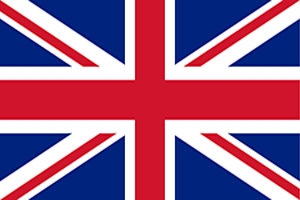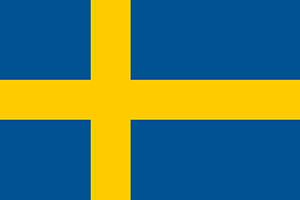
What is Rodeo? Rodeo Events explained
‘Rodeo’ is a Western sport inherently rooted in the traditions of cowboy culture and cattle ranching from Western America , Mexico, Spain, and South America. What began as practical skills in herding and handling livestock has gradually evolved into a competitive sport that is now participated in by professionals and amateurs from around the world.
Rodeo can be categorised into three main events: rough stock events, timed events, and novelty events.
Types of Rodeo Events
Rough Stock Events
Events involving the rider’s ability to stay mounted on horseback or cattle are called Rough Stock. This category of rodeo involves events such as Bareback Riding and Saddle Bronc Riding, where riders must stay on the animal for a limited time whilst using just one hand. The rider is judged on control and technique.
Timed Events
A timed event involves handling cattle or completing tasks in as little time as possible, testing speed, precision, and in some cases teamwork. Examples of these events in rodeo include Barrel Racing, where riders must race around a cloverleaf pattern of barrels in the shortest time possible.
Novelty Events
Other events within rodeo include specialty competitions and unique tasks, and can often showcase traditional ranch skills. These deviate from the standard rodeo disciplines and are there for additional entertainment. These might include mascot races, horse racing, and entertaining acts between events.
Where Does Rodeo Come From?
The term ‘rodeo’ comes from the Spanish term ‘rodear’, which means to ‘round up’. This, historically, referred to rounding up livestock, and gradually became associated with competition and skill.
The History of the Rodeo
Just like the history of the Cowboy, Rodeo has rich ties to 16th-century Spain and the Vaqueros, known as the original Cowboys. Traditions in cattle herding, roping, and more were brought to America, whilst Charros – also known as ‘Mexican Cowboys’ – also developed their own rodeo eventing and ranching festivals.
As cattle ranching spread across the American West in the 1800s, and the cattle industry boomed, informal competitions showcasing skill between in-demand cowboys became more frequent.
The first official ‘Rodeo’ competition was held in 1869 in Colorado, where riders competed in Bronc Riding. Wild west shows and rodeo-style events started to pop up more frequently, growing the sport’s popularity both nationally and internationally.
In the early 20th century, standardised rules were introduced, with the first competition with set guidelines taking place in Arizona in 1888. Associations were set up, such as the Professional Rodeo Cowboys Association (PRCA) in 1936, and then in 1959, the National Finals Rodeo was established, creating a championship event that remains respected today.
Whilst Rodeo is most popular today in the US, other areas of the world such as Australia, Mexico, and Canada also see great popularity around the Western Riding experience.
What do Rodeo Riders Wear?
Typically, Rodeo riders will wear traditional, practical cowboy-style dresses, including long-sleeve button-up shirts with jeans, cowboy boots, and cowboy hats, inspired by the heritage of the sport.
The Rodeo Experience
Whilst the main premise of Rodeo is competitive events, the experience often involves a variety of other activities and attractions. Often events will have parades and opening ceremonies, horsemanship demonstrations and cattle drives, live music and stalls, as well as fair-ground rides and even livestock auctions, bringing a whole community together.
Rodeo is quintessentially American, and rodeo events and rodeo roping are most popular in the United States. However, organisations such as the UK Team Roping Association (UKTRA) work to modify rodeo events and other western riding disciplines to ensure animal welfare is upheld and that they are safe and humane. This means that events can still be practised and enjoyed by many under controlled and regulated conditions, and, with these measures in place, there are opportunities to be immersed in the Cowboy culture without worry.






